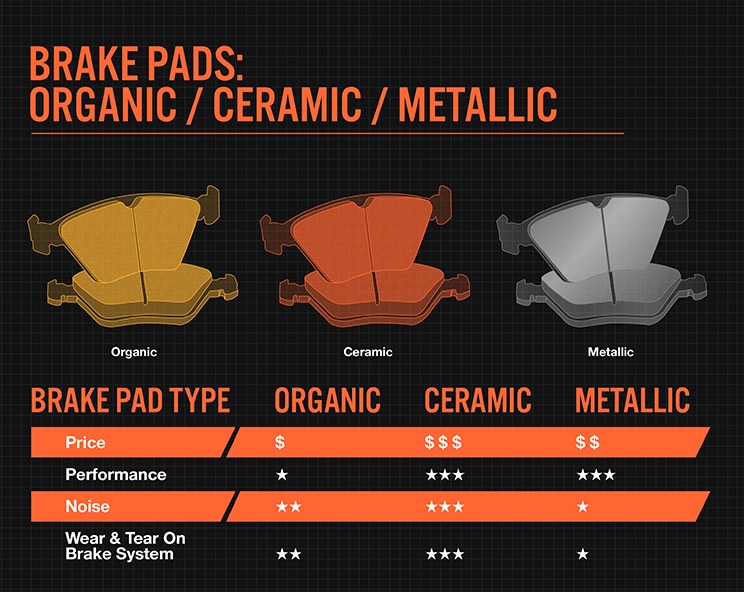
While most inorganic compounds do not contain carbon, there are a few that do. The main difference is in the presence of a carbon atom organic compounds will contain a carbon atom (and often a hydrogen atom, to form hydrocarbons), while almost all inorganic compounds do not contain either of those two atoms. While both types of compounds make up the basis of chemistry, the two types are rather different.

As an experimentalist, his main methods of characterization include diffraction techniques such as x-ray scattering and neutron scattering, but the bulk of his time is spent on the synthesis and crystal growth of these new materials here at the University of Winnipeg.There are chief differences between organic and inorganic compounds. These include functional materials, such as new solid state batteries, multiferroics, or superconductors, but they also include systems of theoretical interest, such as geometrically frustrated magnets, low dimensional compounds, and heavy fermion compounds. His primary interest is in what is called strongly correlated electron systems, or materials which have unusual magnetic or electrical behavior. He is also in the process of establishing a solid state chemistry lab here at the University of Winnipeg. As a former faculty member of Florida State University, he is currently supervising several graduate students in his synthesis and crystal growth lab there. Wiebe is interested in the synthesis and characterization of new magnetic oxides. Christopher Wiebe - Characterization of New Magnetic Oxidesĭr. This type of chemical activation is highly desirable for catalytic organic transformations. Molecules with such arrangements can act as a scaffold to engender unusual reactivity in otherwise inert molecules, such as hydrocarbons or CO2. Another ligand system being explored involves compounds with both Lewis basic and acidic centres. Such complexes are of fundamental interest in terms of bonding and structure, but also as precursors to solid state materials for use in advanced electronics. The coordination chemistry of ligands containing the heavy chalcogens selenium and tellurium is being investigated. We are interested in designing main group element-based ligands, to take advantage of the wide variety of chemical behaviour found in the s- and p-blocks of the periodic table. Synthetic chemistry provides access to novel compounds with properties that can be tailored to specific applications, such as these areas of current interest. Issues such as renewable energy and pollution management continue to provide challenges for scientists.

Jamie Ritch - Inorganic Compound Discovery for Materials Science and Catalysis It has applications in every aspect of the chemical industry, including catalysis, materials science, pigments, sufactants, coatings, medications, fuels, and agriculture.ĭr. The distinction between the two disciplines is far from absolute, as there is much overlap in the subdiscipline or organometallic chemistry. This field covers all chemical compounds except the myriad organic compounds (carbon- based comounds, usually containing C-H bonds), which are the subjects of organic chemistry. Inorganic chemistry deals with the synthesis and behavior of inorganic and organometallic compounds.


 0 kommentar(er)
0 kommentar(er)
